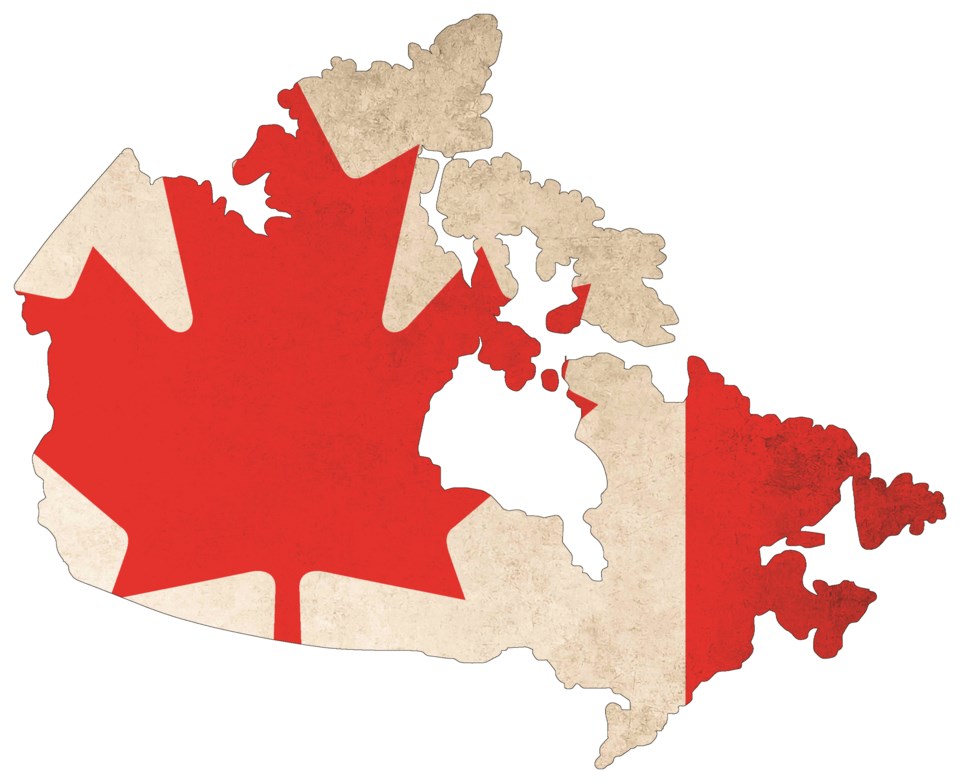Canada's population is growing faster than at any time since 1957, new data from Statistics Canada has found.
According to the national statistics agency, the country's population grew by 0.9 per cent in the three months between July and the end of September. By the latest count, there are now 39,292,355 people calling Canada home.
“This recent three-month growth of over 362,000 people is a similar level of growth that Canada used to see in an entire year about one decade ago,” wrote Statistics Canada in a report Wednesday.
The latest data points to the highest quarterly growth rate since the second quarter of 1957, when population growth hit 1.3 per cent. Back then, the growth was attributed to increased birth rates of the post-war baby boom, as well as high immigration of refugees from the Hungarian Revolution in 1956.
“Canada's total population growth for the first nine months of 2022 (+776,217 people) has already surpassed the total growth for any full-year period since Confederation in 1867,” said Statistics Canada.
Nearly all of the recent growth — which pushed Canada over 39 million people for the first time — was achieved through international migration. In the third quarter, Canada welcomed 122,145 immigrants, the second-highest number since 1946.
Non-permanent residents, however, drove most of the growth, as 225,198 temporary immigrants came to Canada with work or study permits, or holding refugee status. All provinces saw increases of temporary immigrants, with Ontario receiving the largest share (106,459), followed by B.C. (39,429) and Quebec (34,299).
The increase came as Canada welcomed Ukrainians feeling the Russian invasion of Ukraine, the report said.
Provincial populations also saw some dramatic shifts. The StatsCan report notes Ontario lost 11,581 residents to inter-provincial migration over the three-month period, the most in a quarter since 1980. And for the first time in almost a decade, British Columbia saw a net loss of 4,799 people to migration elsewhere in Canada. Alberta, meanwhile, saw inter-provincial migration gains of 19,285 people, the most of any province.




